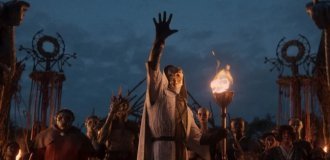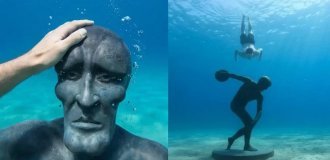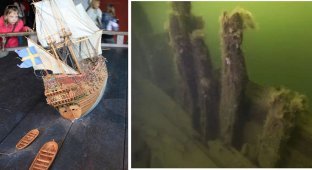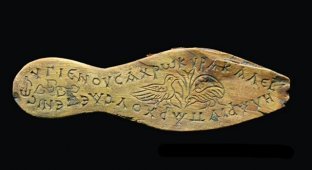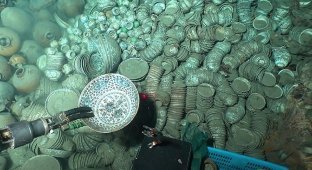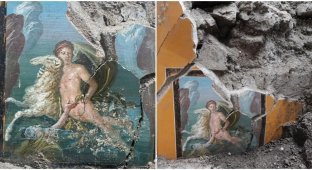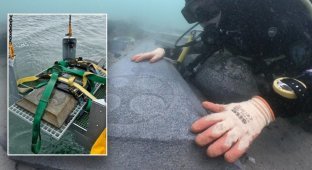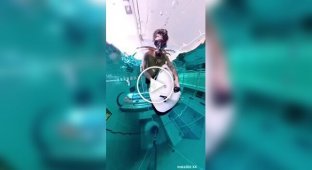Underwater "yellow brick road" led divers to sunken ships (6 photos)
Marine archaeologists have found a "yellow brick road" on the bottom of the Atlantic Ocean that led them to long-lost Danish slave ships. 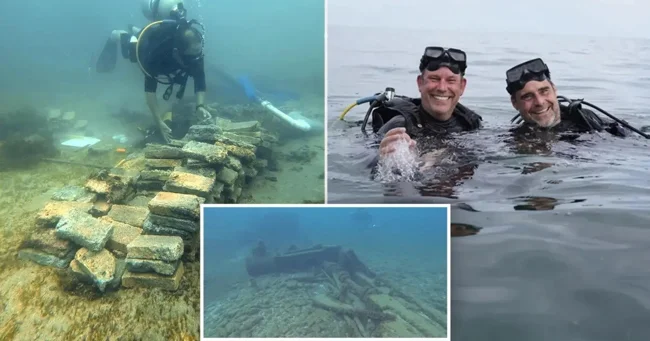
According to historical records, the Fridericus Quartus and Christianus Quintus sank off the coast of Central America in 1710.
Fridericus Quartus was set on fire, while Christianus Quintus' anchor rope snapped and it sank during a storm. But for three centuries, no one knew where the wrecks of these ships were. 
Costa Rica had long known about two sunken ships off the coast of Cahuita National Park. They were believed to be pirate ships.
Everything changed in 2015, when American marine archaeologists found yellow bricks from one of the ships. 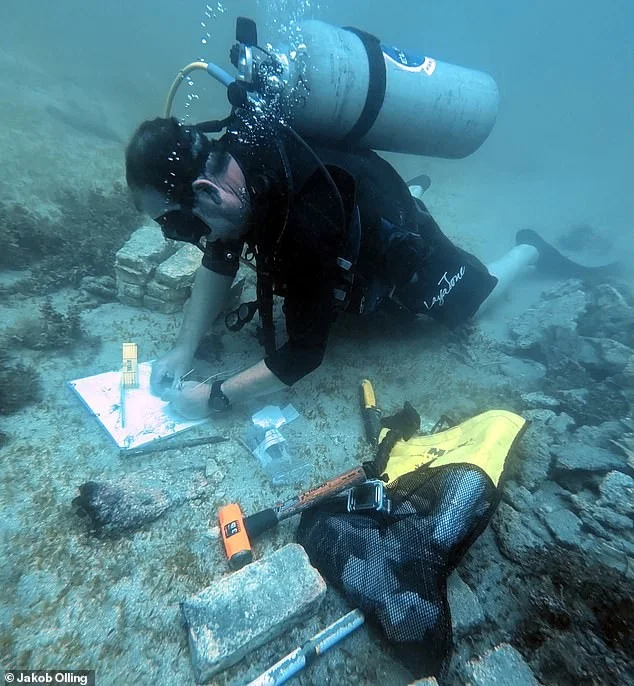
In 2023, archaeologists from the National Museum of Denmark and the Viking Ship Museum conducted underwater excavations. They took wood samples from the wreck, found bricks, and several clay pipes.
On Sunday, the team published their results, confirming that the wrecks were indeed the missing Fridericus Quartus and Christianus Quintus.
"The results of the analysis are undeniable," said David Gregory of the National Museum of Denmark. — We are certain that these are the remains of two Danish slave ships."
"The bricks are Danish. The logs covered in soot from the fire are also Danish. This corresponds to historical data that one of the ships burned down," he added. 
The bricks are the same size as the yellow Flensburg bricks used in Denmark and its colonies in the 18th century. Analysis of the clay confirmed that it came from a beach called Iller Strand or from the small town of Egernsund. Both of these places are located near the Flensburg Fjord, where a large brick industry was located in the 18th century.
The researchers also examined a sample of the wood and found that the tree grew on the western Baltic coast and was cut down between 1690 and 1695. 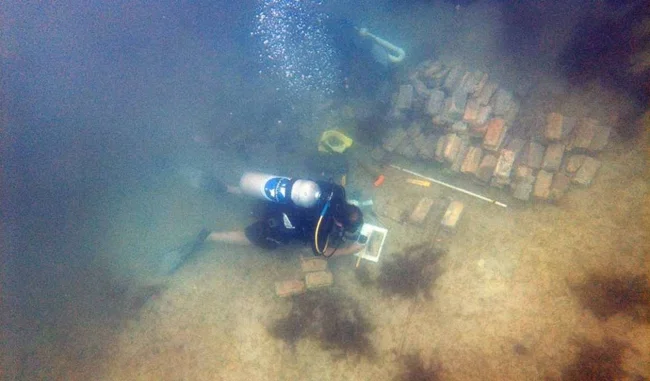
The clay pipes are further evidence of the ships' origin, as they were made in Holland and were often used on Danish ships.
"The size, shape and patterns of the pipes suggest that they were made in the period before the 1710 shipwreck," the scientists say.
Gregory led the research with marine archaeologist Andreas Kallmeier Bloch, who has been studying shipwrecks in Costa Rica for many years. 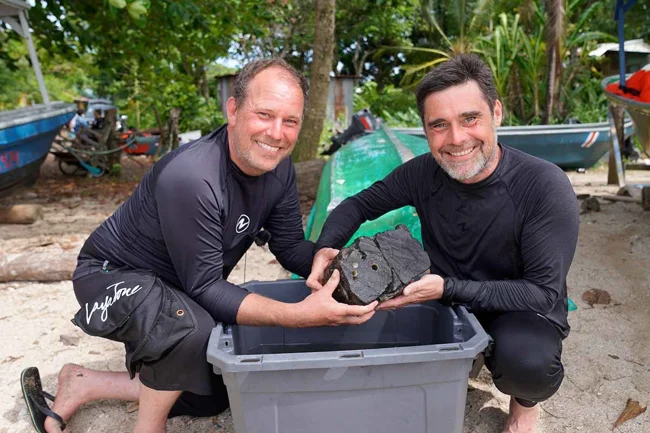
David Gregory and Andreas Kallmeier Bloch
Bloch noted that it had been a long and difficult journey, and he was close to giving up.
"This is by far the most exciting excavation I have ever done. It is important not only for the local community, but also because it is one of the most dramatic shipwrecks in Danish history. Now we know exactly where it happened," Bloch said.
Denmark banned the transatlantic slave trade in 1792. However, slavery was not officially abolished until 1847.








